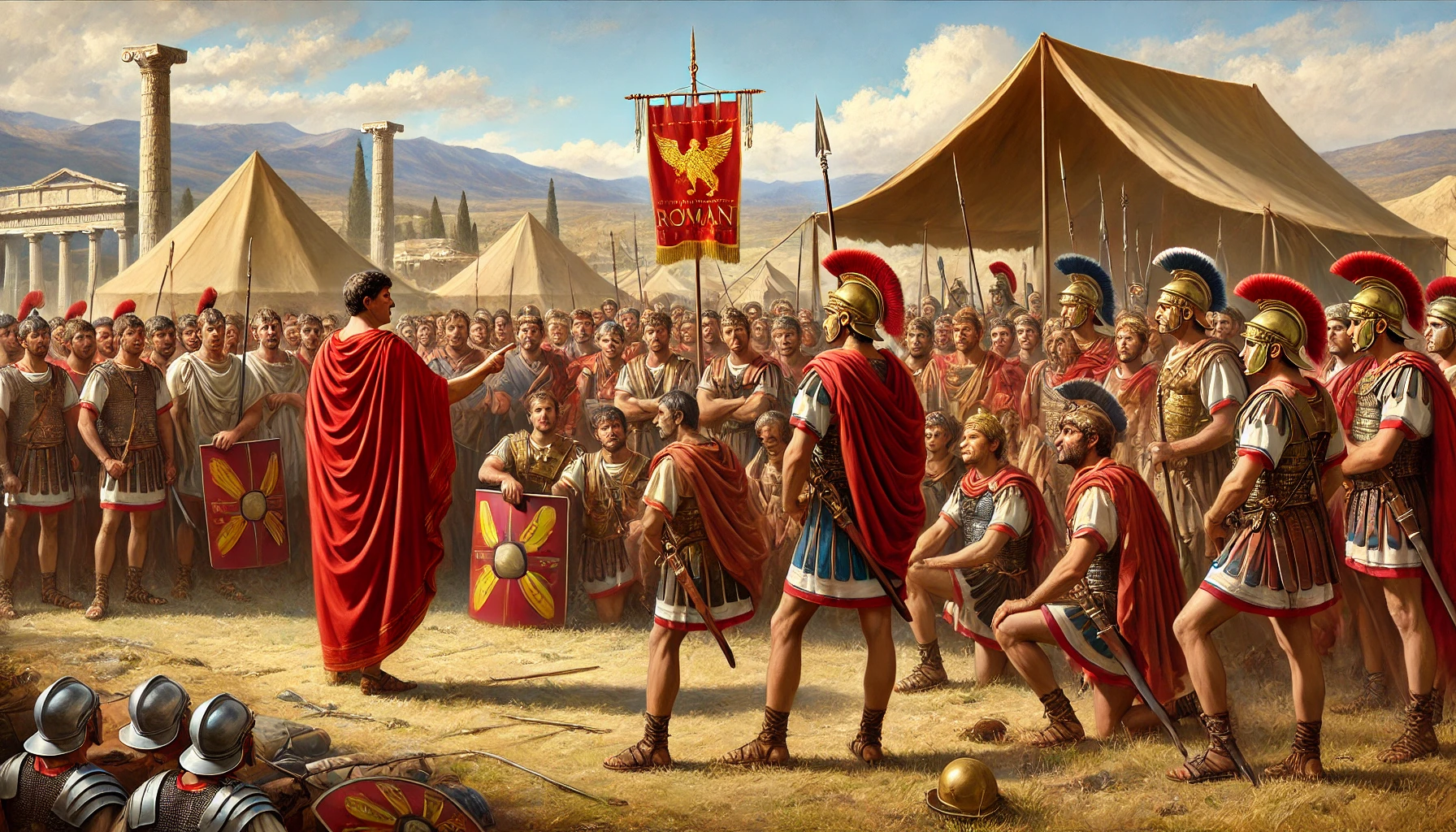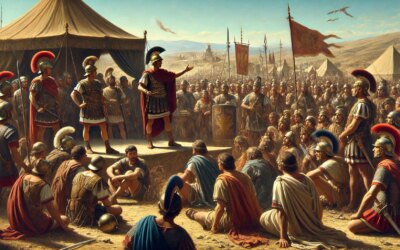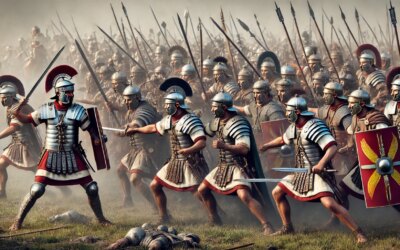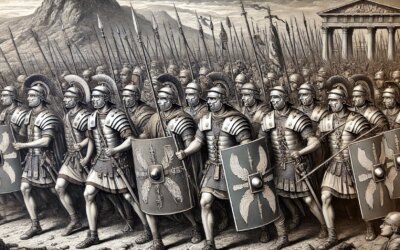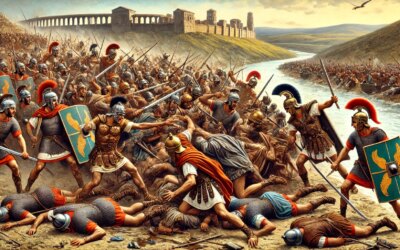Introduction: From Citizen Militias to Professional Soldiers
In 107 BC, a pivotal transformation reshaped the Roman Republic’s military structure. The architect of this change was Gaius Marius, a brilliant general and statesman whose reforms redefined Rome’s army and, by extension, its society and politics. Known collectively as the Marian Reforms, these changes replaced the traditional citizen militia with a standing professional army—an innovation that would serve Rome’s imperial ambitions but also sow the seeds of future civil strife.
The Military Crisis of the Late Republic
By the end of the 2nd century BC, Rome was embroiled in multiple conflicts, including the Jugurthine War in North Africa and looming threats from Germanic tribes in the north. The Roman army, based on the citizen-soldier model, struggled to meet manpower demands. Property qualifications limited recruitment to land-owning citizens, but with rising inequality and depopulation of the countryside, eligible recruits dwindled.
Enter Gaius Marius
Marius, a novus homo (a man without noble lineage), had risen through military and political ranks through sheer competence. In 107 BC, elected consul and granted command in Numidia, he faced the pressing issue of understrength legions. His radical solution: abolish the property requirement and recruit volunteers from the capite censi—the poorest citizens with no land or wealth.
Reforming Recruitment and Service
Marius’ new army was composed of men who viewed military service not as civic duty but as career opportunity. These professional soldiers were issued standardized equipment by the state and served longer terms, often over a decade. In return, they expected pay, loot, and most importantly, land upon retirement—making them loyal first to their general rather than the Senate.
Standardization and Cohesion
The reforms went beyond recruitment. Marius reorganized the legions into more cohesive and versatile units, emphasized discipline, and introduced standardized training regimens. The iconic eagle standard (Aquila) became a unifying symbol for each legion. Marius’ troops, famously dubbed “Marius’ mules,” carried their own gear, enabling greater mobility and reducing logistical dependence.
The Jugurthine War and Proving the Model
Marius’ newly reformed army performed effectively in the Jugurthine War, culminating in the capture of Jugurtha in 105 BC with the help of his subordinate Lucius Cornelius Sulla. The campaign validated Marius’ military innovations, and he would later apply these reforms against the Cimbri and Teutones in one of Rome’s most critical defensive wars.
Political Consequences and the Rise of the General
While the reforms enhanced military efficiency, they also altered Rome’s political landscape. Soldiers became increasingly loyal to their commanders—who held their futures in their hands—rather than to the Senate or Republic. This shift laid the groundwork for future power struggles, from Sulla’s march on Rome to Julius Caesar’s eventual dictatorship.
Legacy of the Marian Reforms
The professional Roman army forged by Marius became the backbone of imperial expansion for centuries. It enabled Rome to project power across continents, from Britannia to Mesopotamia. However, the dependency of troops on their generals also transformed the republic into an arena of competing warlords, ultimately contributing to the fall of republican institutions.
Conclusion: A Reformer and a Revolutionary
Gaius Marius may not have foreseen the full consequences of his reforms, but his vision reshaped Rome. By opening the army to the masses and professionalizing its structure, he ensured Rome’s military supremacy while unleashing forces that would upend the political order. The Marian Reforms stand as a cornerstone in the history of the Roman army—and a turning point in the Republic’s fate.

